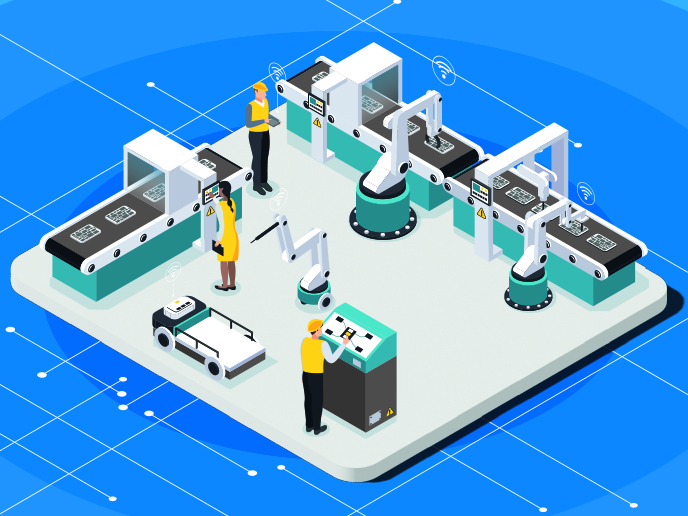III - Next-generation algorithms for a more competitive aerospace sector
“We need a new generation of CFD tools that can make the most of 1 exaflop systems and, further down the line, exascale systems.”
Oriol Lehmkuhl, NextSim project coordinator
Prototyping, wind tunnel testing campaigns and real flight tests make aerospace research and development very expensive. Replicating these tests in digital space – known as computational fluid dynamics (CFD) – has considerably reduced testing costs and time to market. But these models have trouble keeping up with increasing computing power, depriving aircraft manufacturers of much needed resources. “We need a new generation of CFD tools that can make the most of 1 exaflop systems and, further down the line, the exascale systems which are expected to become available in less than 3 years,” says Oriol Lehmkuhl, leader of the Large-scale Computational Fluid Dynamics group at the Barcelona Supercomputing Center. With NextSim, project coordinator Lehmkuhl and his partners promise a set of new algorithms with improved convergence and accuracy. As he explains, “NextSim’s research will assess and improve the fundamental algorithms used in aeronautical simulation solvers. We’re aiming for less than 1 hour to complete a 3D aircraft simulation, and 1 night to provide complex 3D unsteady Turbulent Scales Resolving Simulations solutions. These will enable aircraft designers to obtain many more optimised results in less time.” The project comes in a context of growing CFD usage, and industrial demand for larger and longer simulations. Current numerical tools provide excessively long computational times for problems of industrial relevance, and users have been faced with a lack of reliability and accuracy of these solutions in extreme flight conditions. As Lehmkuhl remarks, “these weaknesses prevent the full industrial deployment of virtual tools for design and certification. This applies not only to the aeronautical industry, but also to automotive, wind energy, propulsion, additive manufacturing and many other sectors.” One of NextSim’s key endeavours will be the demonstration of its methodologies for market-relevant problems defined by project partner Airbus. Although it will be focusing on aeronautical issues like emissions reduction, safety, noise and performance, the project’s research can be applied to any sector relying on numerical discretisation and integration of partial differential equations for its designs.
Keywords
NextSim, HPC, High Performance Computing, Supercomputer, technologies, digital sovereignty, quantum computing, innovation, green computing, energy-efficient, skills, SMEs



